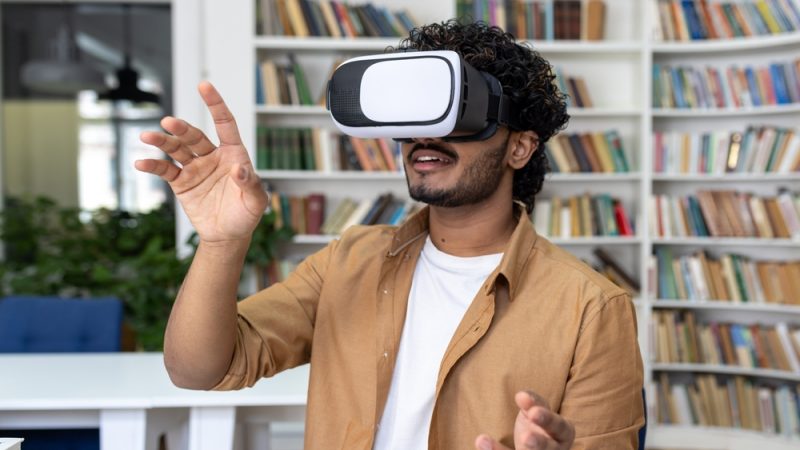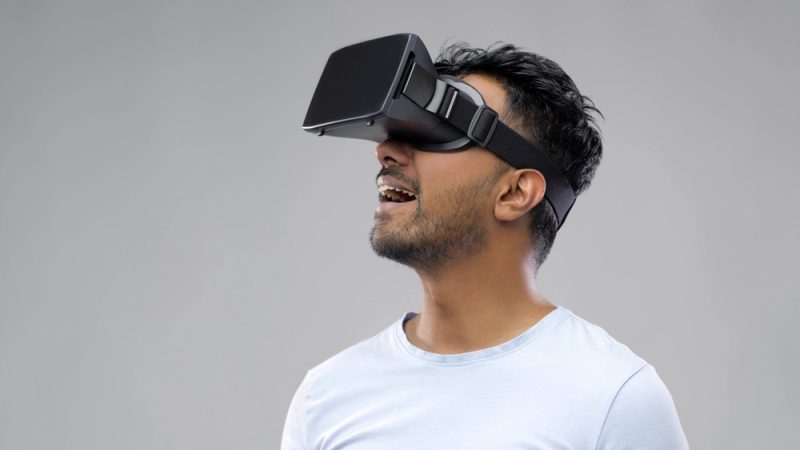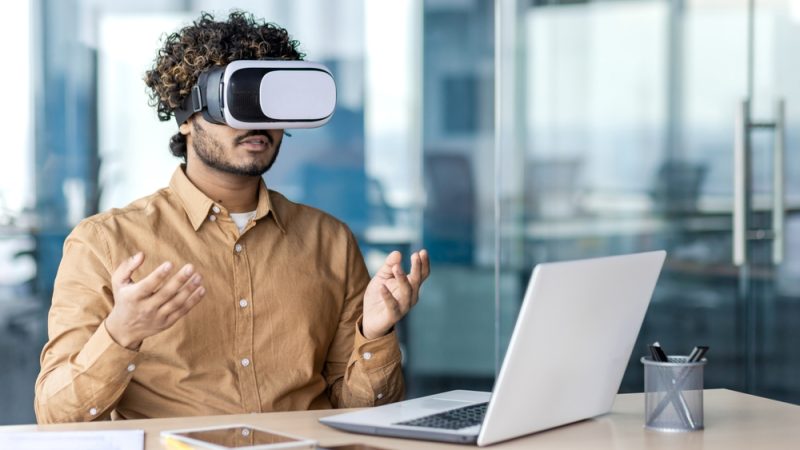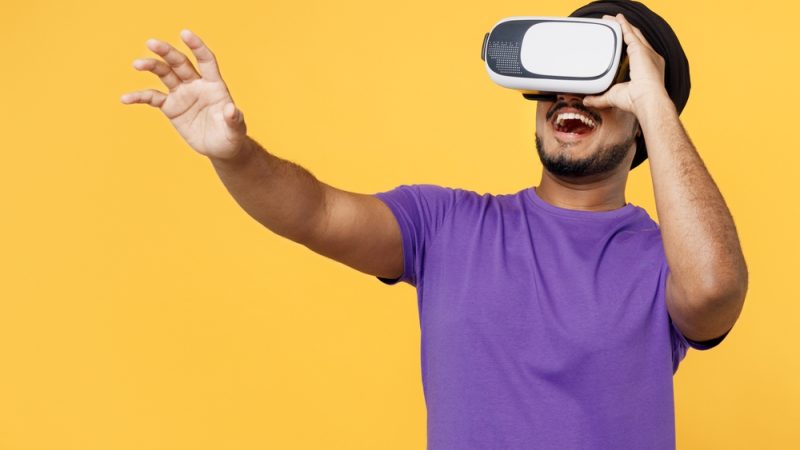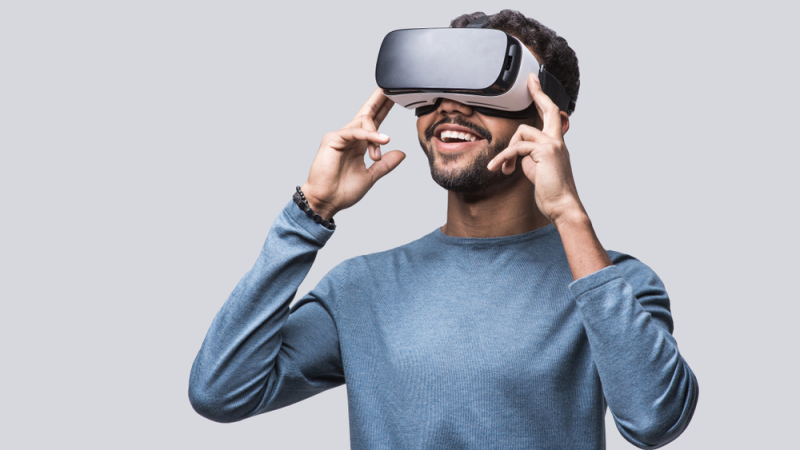Seeing is Believing: A New Way to Design Homes with VR
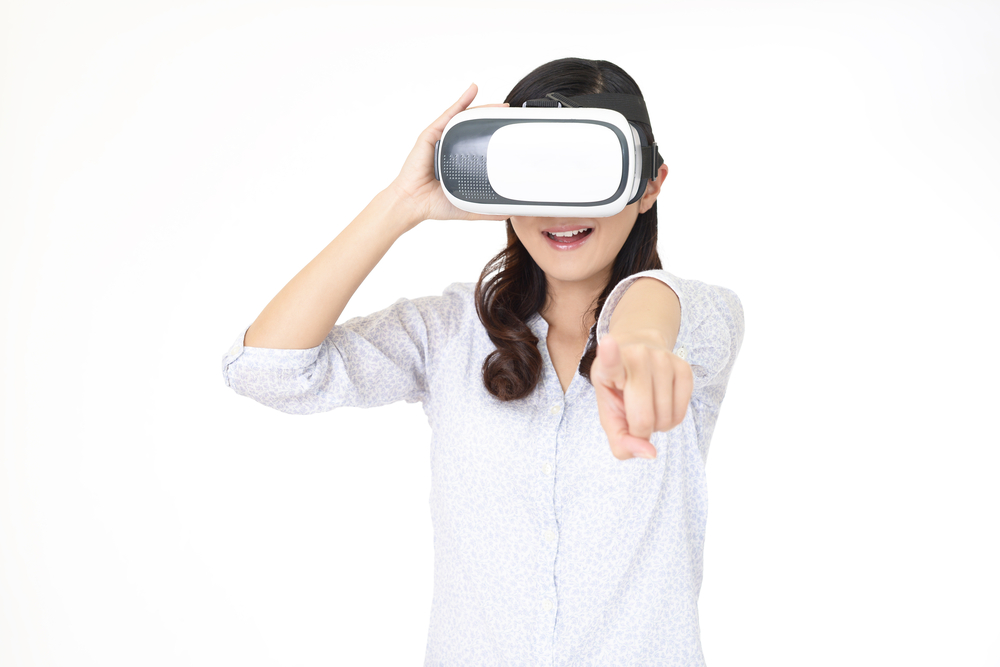
Introduction
Virtual Reality (VR) is transforming the way we conceptualize and develop houses. It provides homeowners and architects the experience to visit complete spaces prior to any construction work. Its use enhances communication, reduces revisions, and creates a more immersive design process. In a fast-paced housing climate, the evolution of VR has become elemental.
How Home Design Has Evolved
From Drawings to Immersion
Design of buildings changes from static floorplans and blueprints to vibrant 3D experiences. In VR, clients may walk through a house, gauge space, put themselves in it and make decisions with finality.
Gaps in Traditional Visualization
Most customers can’t combine scale and alignment with the 2D drawings before them. Misinterpretation is often found in late-stage design and should be rectified by early VR modelling of spaces.
Benefits of Virtual Reality in Home Design
Full Design Immersion
Clients can enter a Digital Replica of their home. They can see height,width, lighting, textures and finishes–all of these shapes up decisions faster and more accurately.
Streamlined Communication
VR makes communication between designers and clients smoother. Clients can point out issues during the virtual walk-through rather than having to wait for construction to start.
Find Out Design Flaws Early
Spatial issues, problems with lighting or inconvenient floor plans are apparent in a virtual walkthrough. Fixing these now will save you time and money on change orders later.
More Intelligent Spacing Planning
It’s more straightforward to judge furniture layout, traffic flow and storage location in VR. This helps design a home that looks great and works well in reality.
Greater Client Assurance
When clients can see their future space and actually move around it, they feel more involved and confident of their decisions. This leads to a stronger relationship of trust between the firm and customers.
A Competitive Edge for Designers
VR is no mere tool of the trade–it ‘s impressive. More importantly, offering virtual walkthroughs adds professionalism and helps designers and builders stand out in an overcrowded market.
Better Sustainable Design
Some VR software can track sunshine patterns and airflow–this make s designers smarter in their choices from early on.
How to Use VR in Your Design Process
First, choose software that’s compatible with virtual reality
You want a tool that will work with current CAD and BIM systems. It should enable high-detail modeling and smooth integration into virtual reality.
Be Sure Models are Accurate
It’s all in the details. The more accurate your 3D model is-with the right dimensioning, textures, and lighting– the better experience your visitors will have during a virtual tour of your project.
Take clients on a Walk-Through.
Use VR to guide clients through the space. Let them explore and have their say. This is a process that will not only give you better control over what designs they expect from us, but also help clients become more emotionally involved in your work.
Make Changes that Reflect User Input
Using input from clients, we make adjustments to the design. This back-and-forth is usually faster and more convenient in VR than by traditional means.
Where VR is Being Used in Home Design
Custom Builds
You can look at your living space even before it has been built when you are building a custom home. This gives clients confidence in design choices.
Remodelings
Faced with the past gerbing wall collapse problem, which necessitated costly repairs across an entire basement floor, VR can help homeowners visualize changes in remodeled spaces and reduce uncertainty. It simplifies planning.
Designers
Designers can use VR to show customers the furniture layout, color combination screens, and lighting schemes. Clients sense the full scope of their modifications immediately.
Challenges of Adopting VR
Upfront Expense
Applying VR software and hardware in your plan is necessary at the start. However, the time saved and the scarcity of bug changes go with that, which makes it still worthwhile for many people.
Tech Education
Specific clients may initially be afraid to use VR on their own. Working with easy to learn walk-throughs and simplifying the View Options are comforting ways for someone who is trying it out.
Access to hardware devices
Not everybody has a VR helmet, but a good program makes up for this by providing instructions via desktop or mobile visit.
Future of VR in Home Design
Layout Ideas Powered by AI
In the not-so-distant future, VR platforms will offer you layouts and suggestions for the home based on real-world data, as well as user preferences, all of this backed by artificial intelligence.
Collaboration in the cloud
Multiple users will be able to share and examine designs from wherever they might be; they can live together if necessary. This reaffirms a stronger understanding of the design process for those three parties involved: architects, builders, and clients who, in turn, can benefit greatly.
Integration of Augmented Reality
AR programs will allow clients to see a preview of their finished products in the real world, fusing VR planning with reality.
Conclusion
From a novelty craze, it has now become necessary in the world of home design. Virtual reality makes your decision-making much faster, cuts down on errors, and gives both clients and professionals a better experience. Whether you’re developing with a view ahead or renovating, VR brings your project to life before it’s even been built.

